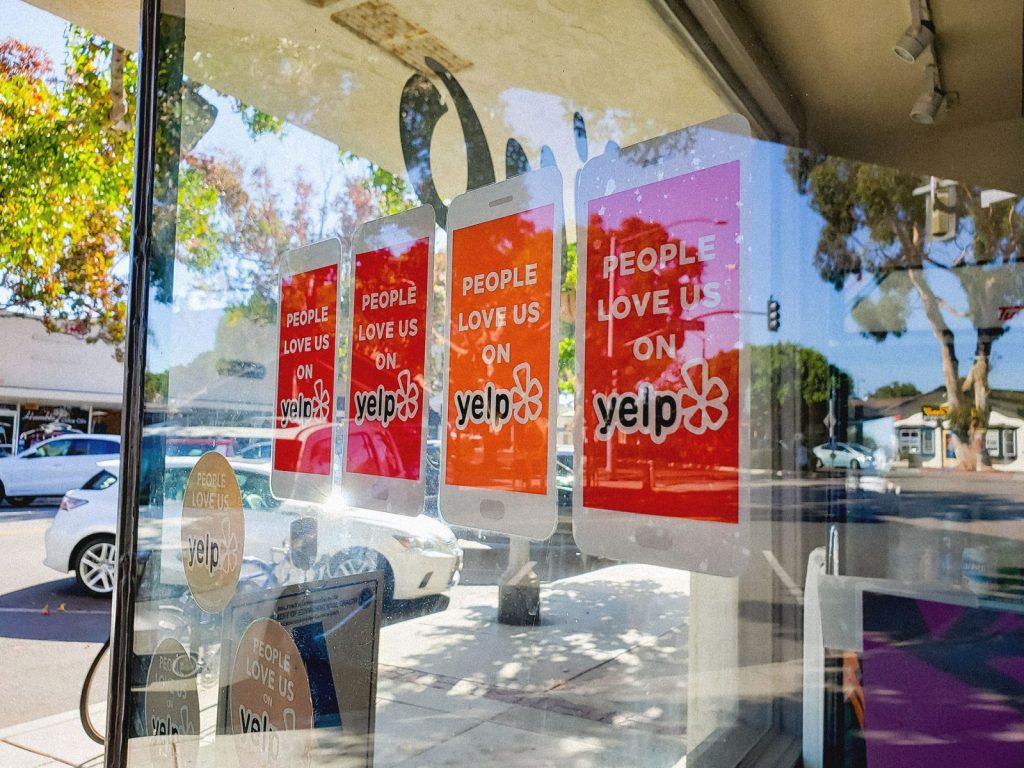Five Tools to Use for Perception Research
Effectively measure how customers perceive your brand by leveraging the power of these five essential perception research methods. Like beauty, brand perception is most decidedly in the eye of the beholder. As Forbes Magazine succinctly puts it, “Brands are not just what they say they are. Brands are what consumers say they are. A brand’s true identity …


